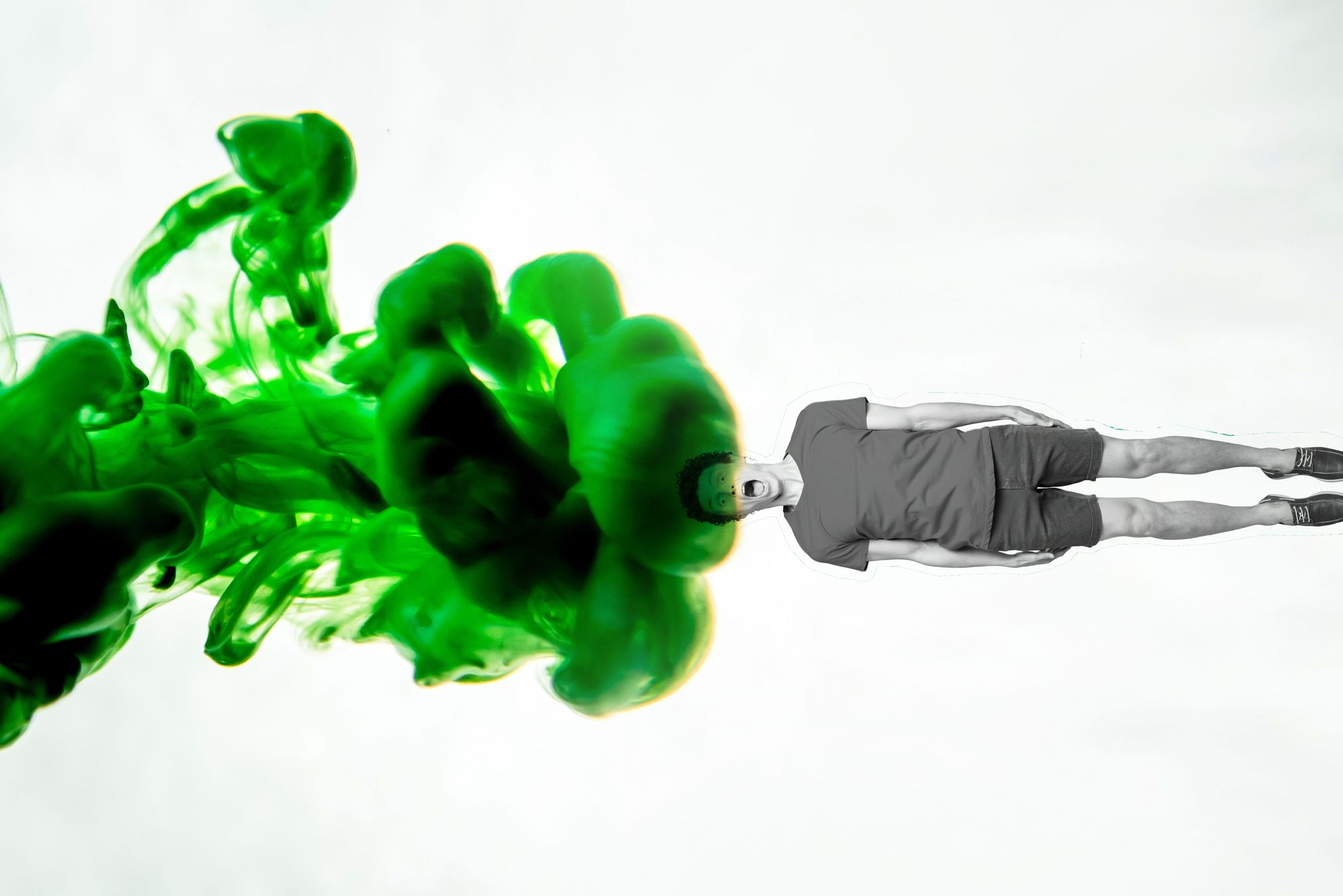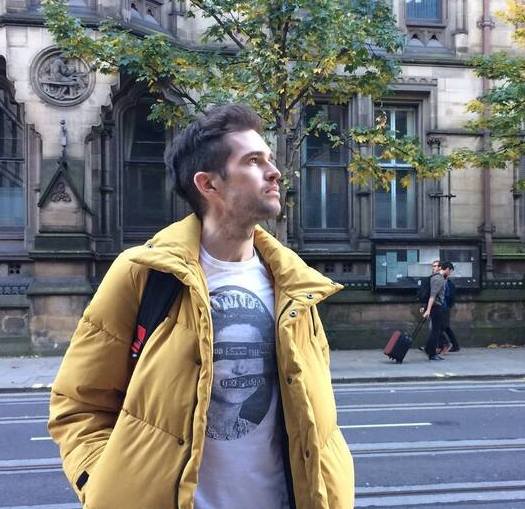“Green,” “natural,” and “eco” food, fashion and beauty industries are on the rise. The products seem to be a healthier, safe and more conscious choice.
In many instances, they seem to be the most obvious choice, too.
Yet more often than not, the ‘green’ label is merely part of a misleading marketing campaign designed to make a product seem high-quality, more appealing — and more sustainable.
This is greenwashing, and it’s one of the most confusing things for conscious, eco-minded consumers these days.
In this article, we give you the lowdown on what greenwashing is all about, as well as how to spot it in action!
What is greenwashing?
When something sounds really, really, REALLY good for the environment, it’s easy to get carried away.
Before you know it, you’ve got your pom-poms out (green, of course) and are doing a bit of cheerleading.
But you know the saying — if something sounds too good to be true, it usually is?
This is the case with greenwashing. Because many consumers say they’ll pay extra for something if it’s for green-minded causes, certain nefarious companies around the world are jumping on this and making an extra buck off claiming to be hyper green-focused. The reality is they’re just fooling us in order to make more sales by creating a false perception of their products. They’re capitalizing on the green boom by falsely boosting their own environmental credentials.
The reality is they’re guilty of greenwashing.
Take Volkswagen, who claimed their diesel vehicles were “Like, really clean diesel.” That’s a slogan and a half! It definitely convinced eco-minded drivers to fork out their hard-earned cash on a new, cleaner Mercedes.
Except the slogan wasn’t true. Instead, Volkswagen ended up paying through the nose after it was discovered they had cheated on their emissions tests.
Or how about Nestle, a company that claimed their cocoa beans were “sustainably sourced”? A lawsuit countered those claims, alleging that the company was instead responsible for huge deforestation in West Africa.
Nestle also says that it “has a team of experts dedicated to watching over each one of our 13 spring sources,” which sounds great — until you learn that those springs are Californian springs, an area of the world that has had massive droughts in the last few years.
Wow. And to think this is the company with “100 years of chocolatey memories.” 😒
And then there’s the famous SeaWorld, which hosts mesmerizing killer whale shows. It claims to protect, care and nurture their whales, but lawsuits claim the opposite is true, and that the whales are depressed and unhealthy.
Moreover, the film Blackfish exposed SeaWorld’s unethical practices further, with the company’s former CEO forced to resign upon its release.
Beauty niches are at risk, too. Lots of beauty companies claim to use “all-natural” ingredients. Yet one ingredient often used in beauty products is a mineral called mica. Natural mica is 100% natural … but it’s also got a dirty lineage, with child labor at the heart of its mining in India.
The way natural mica is mined is so unethical that beauty company Lush has stopped using it, swapping it for synthetic mica.
Other companies, though, continue to use it.
That said, it’s not possible to determine whether the mica in a particular beauty product was sourced by child labor because the supply chain is so blurred.
Skincare companies are also guilty of greenwashing, with many companies claiming to use “synthetic fragrances.” When “synthetic fragrances” are listed as an ingredient — watch out. Because companies don’t have to list their exact ingredients, they can use this phrase to cover up potentially harmful substances. We wrote an article about fragrances that breaks down all facts and myths: be sure to check it out!
There’s just a real lack of clarity in the cosmetics industry as a whole, with brands using terms like “vegan” and “sustainable” without actually providing exact, specific evidence of what’s in their products, or what’s in their supply chain. Boots was even investigated by the Advertising Standards for their misleading campaigns.
Is greenwashing really that bad?
So far, we’ve painted a pretty black picture of greenwashing. For the sake of balance, let’s ask ourselves if it’s really that bad.
For example, the numbers. Many companies — and especially those that sell toilet tissue products or facial wipes — will claim that a certain percentage of their products have been recycled. On the one hand, they don’t provide specific evidence of exact percentages to back their claims up. On the other hand, are they completely lying? Or are they at least doing something for the environment?
It’s the same with the vagueness thing. A company might say that their ingredients are “all-natural.” But while the likes of zinc, magnesium, and arsenic are all-natural, only 2 are, well, good for you.
Still, 2 out of 3 ain’t bad. Right? … Right?
And when a company is caught fibbing — such as Volkswagen — they then work hard on righting wrongs and making their products more green-minded for real in the future.
Take the German brewery Krombacher as another example. In 2002, they partnered up with WWF to craft a clever PR strategy that gave them a greener image.
And yet behind the image was a bit of a facade — all Krombacher was doing was donating a portion of their profits to the protection of rainforests. Nothing else. When word spread about this minimal effort, Krombacher caved to the pressure and actually became a lot greener!
There’s also the fact that, even if the company in question might not be telling the complete truth, they’re at least raising awareness of issues related to the environment and, in their own roundabout way, convincing consumers to take a good look at themselves and make more sustainable choices.
While customers might have got burned by Volkswagen a few years back, they at least know in their minds that they made an ethical decision with the best intentions — and hopefully will continue to do so in the future.
The beauty industry, meanwhile, has as a whole been rocked by greenwashing claims in recent years. So much so that organisations such as Soil Association are being created to put pressure on corporations to do better. Soil Association created a league table of the worst offenders, with Boots coming out on top.
The likes of Boots, Rituals and Dr. Organic have responded to this type of pressure, with Boots making their sustainable supply chain more transparent.
As mentioned earlier, you also have companies like Lush who refuse to get involved with harmful ingredients, or ingredients that are unethically sourced. Lush are leading by example — hopefully, others will follow.
But of course, greenwashing is, on the whole, bad. There are even dangers involved. For example, because companies mislead customers with vague claims such as “all-natural” ingredients, the customer might end up using a product that, while it does contain all-natural ingredients, contains toxic substances, too.
These substances can be potentially dangerous, especially to those with allergies. For example, shampoo products often contain toxic chemicals such as fragrance, triclosan, and potassium sorbate. These ingredients can cause side effects that range from skin irritation to eye irritation — to cancer.
Then there’s also the issue of microplastics in the water which, while apparently not of concern just yet, are causing apprehension around the world. Keep an eye on that one because there’s a real worry that the chemicals contained in the plastic bottles we drink from might be contaminating us. Evidence has shown that small microplastics are a bigger cause for concern than larger ones because they get ‘trapped’ in the human digestive tract. Worryingly, not yet enough is known about them to assess their impact.
How to avoid greenwashing
Now that we’ve raised the issue of greenwashing for you and introduced you to it, you’ll probably start seeing it everywhere!
The problem is this: How do you know you’re being fooled? How can you spot the difference between a legit, green-minded company and a bit of greenwashing? Here are some tips:
- Pay attention to buzzwords — “All-natural” is just one of a bunch of green buzzwords that draw you in. Others might include “healthy” and “organic.” These words are so vague and don’t mean anything. What you want from companies are specifics
- Spot symbols and cute pics — The leaf emoji is easy to chuck onto a label and it’s destined to appeal to a certain demographic who’ll instantly believe this is a green product. But be careful because, as said, it’s too easy to stick a leaf here and a tree there without anything to back it up
- Look for the data and proof — If you’ve seen some pretty big green claims, it’s always a good idea to cut through the noise by finding some data and proof
- Be wary of corporations — Nestle and Volkswagen are huge corporations who are trying their best to appeal to this growing green demographic. And what you’ll notice is that it’s usually the smaller, indie businesses who are actually doing all the right things
- Raise an eyebrow at endorsements — In fact, raise both your eyebrows because endorsements are really easy to make up. If you can’t find the company on Google, the endorsement is probably fake. Sad
- Check in with NatureHub — We list and feature only the businesses with a proven record of environmentally and socially responsible actions.
Final thoughts
Greenwashing isn’t actually new and has indeed been a term since the 1980s. And in fact, you could even say that things have improved now that more and more people have grown aware of what it is.
Still, there’s work to be done yet. Keep your eyes peeled for greenwashing, keep doing the right things and maybe — just maybe — corporations will follow suit.
Join the budding community of conscious consumers right now and help save the planet! The NatureHub Conscious Community app is now available on both Google Play Store and iOS App Store.
Download it here: Apple iOS • Android






